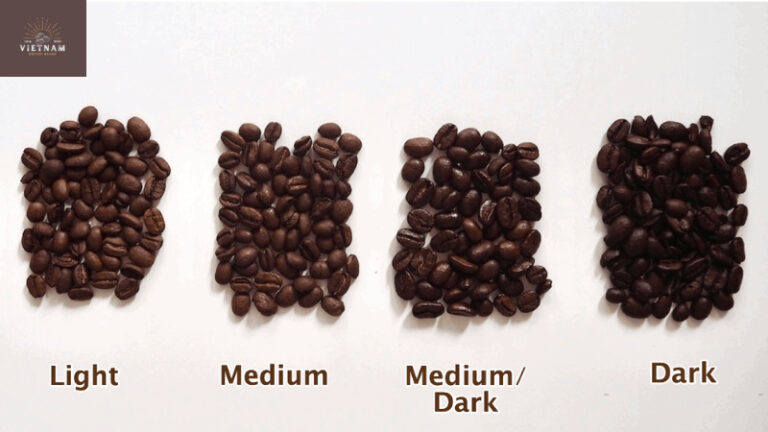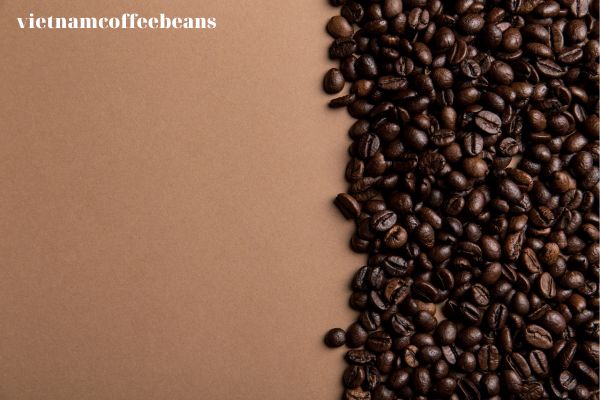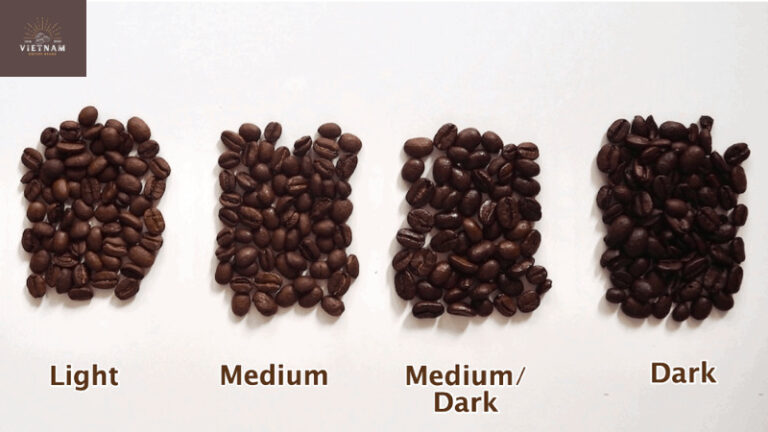Did you know that traditional coffee roasting is an ancient practice that dates back thousands of years? In fact, it is estimated that coffee has been roasted and enjoyed by civilizations for over 1,000 years. Today, I want to delve into the fascinating world of traditional coffee roasting and explore its history, techniques, benefits, and factors influencing the process.
Traditional Coffee Roasting involves carefully heating green coffee beans to bring out their unique flavors and tastes. This artful process requires a deep understanding of temperature control and timing to achieve the perfect roast. By utilizing various techniques such as drum roasting or open flame roasting, skilled artisans can create a wide range of flavor profiles to suit different preferences.
One of the key benefits of traditional coffee roasting is the ability to enhance the natural characteristics of each bean. Through careful monitoring and adjustment during the roasting process, flavors can be intensified while maintaining balance and complexity.
Join me on this journey as we explore all aspects of traditional coffee roasting – from its rich history to appreciating it as an art form. Get ready to discover why this time-honored practice continues to captivate coffee lovers around the world!
Key Takeaways
- It has a long history and has been practiced for over 1,000 years.
- Techniques such as drum roasting, open flame roasting, and pan roasting have been used in traditional coffee processing.
- Advancements in technology have improved the control over time, temperature, and air pressure in coffee process.
- It enhances the flavor and taste of coffee through processes like caramelization and the Maillard reaction.
History of Coffee bean Roasting

The history of coffee roasting traces back to ancient times when the process involved open flames and hand-operated devices. The techniques have evolved significantly over time, with advancements in technology and a better understanding of the process.
In the early days, coffee beans were roasted using simple methods such as pan-roasting or cooking them in metal containers over an open fire. As time went on, more sophisticated tools like rotating drums and specialized ovens were developed to facilitate the process.
These advancements allowed for better control over temperature and airflow, resulting in a more consistent roast. Today, coffee roasters use state-of-the-art equipment that provides precise control over every aspect of the roast, including time, temperature, and even air pressure.
The evolution has led to a wider variety of flavors and profiles available to coffee lovers around the world.
Techniques Used in Traditional Coffee Roasting method

Explore the techniques you can employ to achieve the perfect roast for your morning brew. When it comes to traditional coffee roasting, there are several methods that have been passed down through generations.
These techniques not only produce a rich and flavorful cup of coffee but also evoke a sense of nostalgia and tradition. Here are three roasting techniques that will transport you back in time:
- Drum Roasting: This method involves using a rotating drum to evenly distribute heat and roast the beans. It allows for precise control over temperature and duration, resulting in a consistent roast.
- Open Fire Roasting: As the name suggests, this technique involves roasting coffee over an open flame. The direct heat imparts a smoky flavor that adds depth to the brew.
- Pan Roasting: In this method, beans are roasted in a pan on a stovetop. It requires constant stirring to ensure even heating and prevent scorching.
This is a process that involves heating green coffee beans to transform their flavor, taste, and color. There are different techniques used in traditional method, but one of the most common is the drum roaster.
A drum roaster is a cylindrical device that rotates the beans over a heat source, such as gas or electric. The beans are exposed to hot air that circulates inside the drum, creating a uniform roast. One of the advantages of using a drum roaster is that it can produce different levels of roast, from light to dark, depending on the temperature and time.
A light roast is achieved by roasting the beans for a shorter period of time, usually between 8 to 12 minutes, at a lower temperature, around 180 to 205 degrees Celsius. A light roast preserves more of the original flavor and tartness of the beans, as well as more of the caffeine content.
A light roast is ideal for those who enjoy a bright and fruity cup of coffee.
By employing these traditional method techniques, you can create a cup of joe that is both authentic and delicious.
Benefits of Traditional Coffee Roasting

When it comes to traditional coffee roasting, there are several benefits that make it an appealing method.
Firstly, the process of traditional roasting enhances the flavor and taste of the beans, resulting in a more enjoyable cup of coffee. Additionally, this method allows for more control over the process, allowing me to customize the roast level according to my personal preferences.
Lastly, traditional roasting helps preserve the natural characteristics of the coffee, ensuring that their unique flavors and qualities shine through in every sip.
One of the most popular methods of roasting coffee is air roasting, which uses hot air to heat and agitate the beans. Air roasted coffee explained: this method produces a cleaner and more consistent flavor than other methods, as it removes more of the chaff and prevents scorching or burning of the beans.
Enhanced Flavor and Taste
With traditional method, your taste buds will be transported to a flavor paradise unlike anything you’ve ever experienced. The process of traditional roasting enhances the taste and sensory experience of coffee in several remarkable ways:
- Caramelization: The sugars within the beans undergo caramelization during roasting, creating a delightful sweetness that adds depth to the flavor profile.
- Maillard Reaction: This complex chemical reaction occurs between amino acids and sugars, resulting in rich flavors and tastes like chocolate, nuts, and spices.
- Acidity Balance: Traditional roasting allows for precise control over acidity levels, ensuring a harmonious balance that highlights the natural flavors without overwhelming bitterness.
- Development of Complexity: Through careful monitoring and skillful manipulation of temperature and time, traditional roasters can unlock the full potential of each bean variety, unveiling unique complexities that make every cup an adventure.
Indulge in the artistry of traditional coffee roasting and discover a world where taste and taste intertwine to create an unforgettable sensory journey.
If you want to try another taste of coffee you may want to try wild roast coffee, wild roast coffee flavor and aroma is very good.
More Control over Roasting Process
Experience the unparalleled mastery of skilled artisans as they meticulously craft each batch, harnessing complete control over every nuance. Traditional method allows for more control over the roasting temperature and time, resulting in a truly customized and exquisite flavor profile.
By carefully adjusting these variables, artisans can bring out the unique characteristics of different coffee and enhance their natural flavors.
In traditional method, the temperature is carefully monitored throughout the process to ensure optimal results. Different temperatures bring out different flavors and tastes in the beans, allowing artisans to create a wide range of profiles from light and fruity to dark and smoky.
The duration of the roast also plays a crucial role in developing complex flavors. Longer roasting times tend to result in bolder, full-bodied coffees with rich caramel notes, while shorter times preserve more delicate flavors.
To illustrate this point further, consider this table showcasing how varying temperature and time can affect the final taste:
| Roasting Temperature | Roasting Time | Flavor Profile |
| High | Short | Bold |
| Medium | Medium | Balanced |
| Low | Long | Light |
Traditional method empowers artisans to fine-tune their craft by manipulating these variables with precision, resulting in an exceptional cup of coffee that is tailored to individual preferences.
Preservation of Natural Coffee Characteristics
By carefully preserving the natural characteristics of coffee, I am able to create a sensory journey that will transport your taste buds to new heights of flavor. Each bean possesses unique qualities that contribute to its overall taste profile, and it is my goal as a traditional coffee roaster to showcase these characteristics in every batch.
The preservation of natural flavors starts with selecting high-quality beans from reputable sources. Next, I employ a meticulous process that brings out the inherent flavors without overpowering or masking them.
This involves closely monitoring temperature and time during the process to ensure optimal development. Finally, I package the freshly roasted beans in a way that preserves their freshness and taste until they reach your cup.
- Savor the subtle fruity notes in each sip
- Experience the delicate tartness that adds brightness to your morning routine
- Delight in the caramel undertones that offer a touch of sweetness
- Allow yourself to be transported by the floral tastes lingering in each cup
- Appreciate the smooth body and balanced finish, leaving you craving for more
With these preservation techniques in place, you can truly enjoy coffee at its finest while embracing its natural beauty and complexity.
Factors Influencing the roaster Process
One key factor in the process is the type of coffee used, as different varieties of beans possess unique flavor profiles when roasted. The influence of temperature and the impact of roasting time are also crucial factors that contribute to the final taste and taste of the coffee.
The temperature at which the beans are roasted affects their chemical composition, leading to caramelization and Maillard reactions that create desirable flavors. Additionally, higher temperatures can result in more robust and bitter flavors, while lower temperatures may produce lighter and fruitier notes.
Roasting time plays a vital role in determining the level of roast, with shorter times resulting in lighter roasts and longer times producing darker roasts (the history and culture of dark roast coffee). It is important for a coffee roaster to carefully consider these factors to achieve the desired flavor characteristics for each individual batch of coffee.
Appreciating the Art of Traditional Roast Coffee
Indulging in the craft of roasting coffee beans is a true art form, where the mastery lies in capturing the rich flavors and enticing tastes that ignite our senses. Traditional method holds a deep appreciation for its history and cultural significance.
It takes us back to ancient times when communities would come together to roast coffee over open fires, sharing stories and traditions. This practice has been passed down through generations, preserving not only the method but also the sense of community that surrounds it.
The art of traditional method allows us to connect with our roots and appreciate the craftsmanship involved in creating a perfect cup of coffee. It is a testament to human ingenuity and an opportunity to experience something truly special.
Frequently Asked Questions
Conclusion
In conclusion, traditional coffee roasting is a time-honored practice that brings out the rich flavors and aromas of coffee beans. It is an art form that has been passed down through generations, with techniques and methods carefully perfected over time.
The benefits of traditional coffee process include enhanced taste profiles, greater control over the final product, and a deeper appreciation for the complexities of coffee. Factors such as temperature, time, and bean quality all play a role in the process.
So next time you sip on your cup of joe, take a moment to appreciate the craftsmanship behind it – because good things come to those who wait!
So, if you’re a coffee lover looking for high-quality traditional coffee roasting and high caffeine coffee options, go for a coffee brand that prioritizes quality to ensure you get the best coffee experience.
Hope you get useful information from the article, If you want to read other article or want to read more about coffeebeans, please visit the website: vietnamcoffeebeans.com
Thank you!





